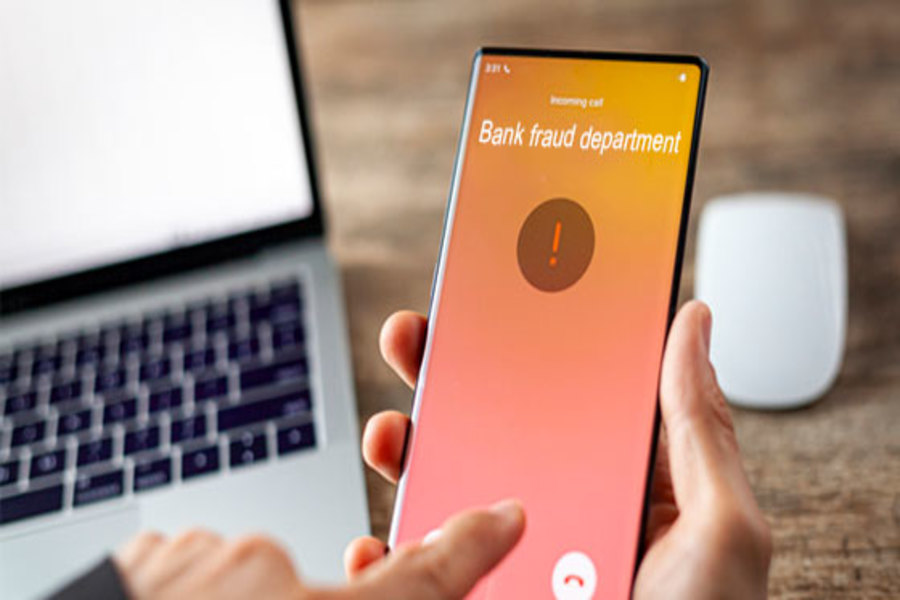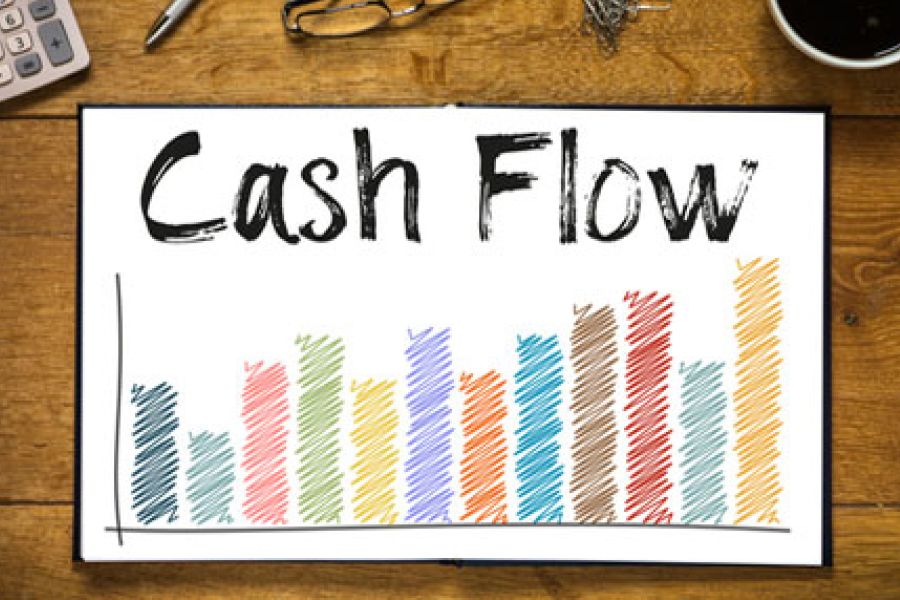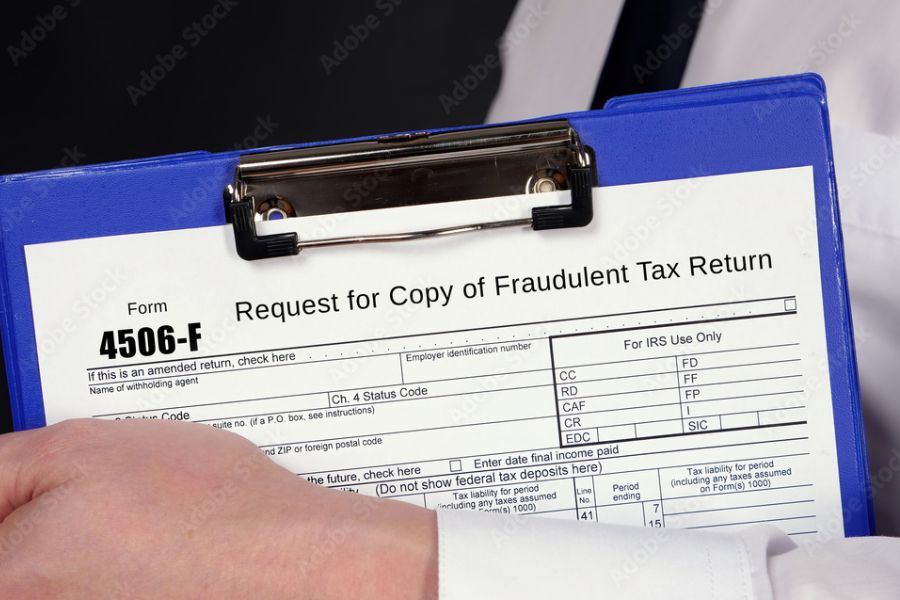During the early stages of the COVID-19 pandemic, many cash-short small businesses turned to their banks, while others sought help from family and friends. Unfortunately, these sources weren’t enough in all cases. When government aid arrived, it was too late for some companies. For others, government loans and grants helped but didn’t fill the cash shortfall. The resulting crunch provided an opening for organized crime enterprises to infiltrate the corporate world. Of course, organized crime has always represented a threat to legitimate businesses. But the increasing number of fraud schemes perpetrated by criminal gangs means you should examine your company’s transactions more closely. Common schemes Organized crime has several ways of inserting itself into your business. Look out for the following common scenarios: Extortionate loans. When faced with a...

Supply chain issues continue to hurt many U.S. businesses — possibly in more ways than you think. Not only do supply shortages and delays make it difficult for companies to ramp up business and recover from the pandemic slowdown, but they also make some fraud schemes easier to perpetrate. For example, criminals might advertise hard-to-get goods, then ship defective products — or no products at all — to unsuspecting buyers. Here are six tips to help your company avoid losses from such scams: 1. Evaluate marketplace safety. Many online marketplaces invest heavily in preventing fraud and are willing to reimburse funds stolen from customers. But not all of them are proactive. Before using an online platform to buy goods, review its fraud policy. And if you’re defrauded,...
Preventing, detecting, and investigating occupational fraud requires a deep understanding of the types of schemes, potential financial losses, emerging threats and risk mitigation strategies. To that end, the Association of Certified Fraud Examiners (ACFE) has published its “Report to the Nations,” the preeminent source for occupational fraud statistics and trends, every two years since 1996. The 2022 ACFE report covers 2,110 occupational fraud cases in 23 industries and in 133 countries. Surveyed organizations have lost more than $3.6 billion to fraud. The report can help your organization understand and mitigate fraud threats. Here are some of the highlights. Three types The ACFE divides occupational fraud schemes into three types: Asset misappropriation. This includes cash theft, fraudulent disbursements, larceny and misuse of inventory and is the most common type of...
These days, it’s common for businesses to purchase cyber insurance to help mitigate financial losses from network breaches. According to the U.S. Government Accountability Office, the proportion of businesses adding cyber coverage increased from 26% in 2016 to 47% in 2020. But in the event of a loss, processing such claims can be expensive, and insurers are becoming more selective about the companies they agree to insure and for how much. In response to mounting losses from cybercrime, insurers are also raising premiums. If your company wants to qualify for cyber insurance at an affordable price, we recommend the following five steps: 1. Spend time with the application. Insurers ask applicants to complete a security questionnaire to help them understand the risks facing the companies. Answering the...
When criminals steal an individual’s identity, the victim can take steps to minimize potential damage by, for example, notifying credit agencies and freezing bank accounts. But what happens if a cybercrook steals a company’s identity and uses it to engage in fraud? This situation can be more complicated — and expensive — to resolve. Fraudsters who use your business’s digital assets for their benefit are known as brandjackers. Brandjacking schemes may involve copying websites, social media accounts, logos and email domains to lure your customers, suppliers and other stakeholders and defraud them. But you can fight back. Consider taking these seven steps: 1. Monitor social media chatter. Maintaining control of your brand and its digital assets is critical to detecting brandjacking. A big part of this is monitoring...
When banks detect suspicious activity in a customer’s account, they often call account holders to discuss the transactions. Time is of the essence when it comes to preventing fraud, especially in the case of wire and automated clearing house transactions. In most cases, if a caller claims to work for the fraud department of your or your business’s bank, the call is likely legitimate. However, in a currently active scam, criminals pretend to be bank fraud investigators and try to extract account information from consumers or employees. Here’s how to identify criminals and prevent account breaches: Don’t trust caller ID. A fraudster might “spoof” or fake a phone number, which means your caller ID could display a bank’s fraud department name and number. Even if caller...
Many fraud investigations focus on financial statements. Because cash is the most commonly stolen business asset, fraud experts regularly scrutinize statements of cash flow for signs of misappropriation and fraudulent disbursements. If you suspect occupational fraud and request an investigation, here’s what the experts might find. Unusual changes Your statement of cash flows shows how cash changed during the year. Forensic accountants generally look for amounts that seem unreasonable and for increases or decreases in accounts that seem to contradict trends in operating cash flows or other financial information. The statement of cash flows is typically broken down into three categories: Cash from operations, Cash from investing activities, and Cash from financing activities. Fraud experts often apply ratio analysis to detect unusual changes that might indicate fraud — for...
In Fact Sheet 2022-25, the IRS has provided information about how taxpayers should handle non-tax and tax-related identity theft. When a taxpayer believes their personal information is being used to file fraudulent tax returns, they should submit a Form 14039, Identity Theft Affidavit, to the IRS. But in most cases, taxpayers do not need to complete this form. Only victims of tax-related identity theft should submit the Form 14039, and only if they haven't received certain letters from the IRS. All taxpayers can request an Identity Protection Personal Identification Number (IP PIN) using the Get An Identity Protection PIN (IP PIN) tool on IRS.gov to protect themselves from becoming a victim of tax-related identity theft. What is tax-related identity theft? Tax-related identity theft occurs when someone uses a taxpayer's...
Executives often receive lucrative compensation packages. But for some, it isn’t enough and they engage in illegal activities to line their own pockets. The Association of Certified Fraud Examiners (ACFE) has found that owners and executives commit 20% of occupational fraud. However, they’re responsible for the largest median loss of $600,000. (In comparison, rank-and-file employees who steal are responsible for a median loss of just $60,000.) Most organizations can’t afford such losses. Then there’s the risk of bad publicity, potential for lawsuits and demoralized employees and other stakeholders. To keep executive fraud from fleecing your company, you need to take aggressive measures to prevent it. And, if you discover fraud has already occurred, you must act quickly to contain it and hold the perpetrator responsible. Fraud triangle Some...
Keeping track of every IT asset — particularly as remote work has become common — is essential if your company wants to limit financial losses and fraud risk. According to some estimates, most remote employees use at least two employer-assigned devices, and a smaller percentage use three or more. In general, the more devices in use, the greater the potential for loss or theft. But you can keep tabs on hardware such as desktops, laptops, mobile phones, tablets and the software you’ve purchased or developed to operate them, with IT asset tracking. Following is a three-step guide. (1) List Your Assets The first step involves developing a list of the IT assets you need to track. Although third-party software can help simplify this task (especially if the software...











